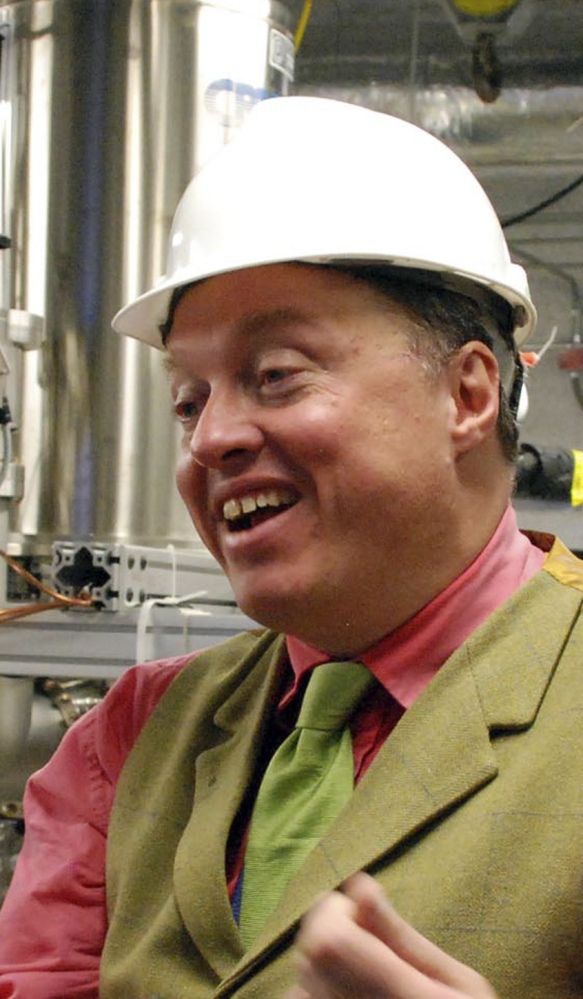WASHINGTON — Scientists have come up empty-handed in their latest effort to find elusive dark matter, the plentiful stuff that helps galaxies like ours form.
For three years, scientists have been looking for dark matter – which though invisible, makes up more than four-fifths of the universe’s matter – nearly a mile underground in a former gold mine in Lead, South Dakota. But on Thursday they announced at a conference in England that they didn’t find what they were searching for, despite sensitive equipment that exceeded technological goals in a project that cost $10 million to build.
The mine project, called Large Underground Xenon experiment or LUX, was one of three places looking for dark matter. Another is on the International Space Station and a third is an effort to create dark matter at the Large Hadron Collider, run by the European consortium that found the Higgs Boson particle.
At the South Dakota site, more than 4,800 feet of earth helped screen out background radiation. Scientists used a large vat of liquid xenon that they hoped would produce a flash of light when weakly interacting massive particles bounced off the liquid.
Scientists are starting to revamp the South Dakota mine site for a $50 million larger, higher-tech version of LUX, called LZ, that will be 70 times more sensitive and should start operations in 2020, said Brown University’s Richard Gaitskell. Hundreds of millions of dark matter particles pass through Earth every second, but they are so weak they zip through Earth as if it barely exists.
Send questions/comments to the editors.



Success. Please wait for the page to reload. If the page does not reload within 5 seconds, please refresh the page.
Enter your email and password to access comments.
Hi, to comment on stories you must . This profile is in addition to your subscription and website login.
Already have a commenting profile? .
Invalid username/password.
Please check your email to confirm and complete your registration.
Only subscribers are eligible to post comments. Please subscribe or login first for digital access. Here’s why.
Use the form below to reset your password. When you've submitted your account email, we will send an email with a reset code.